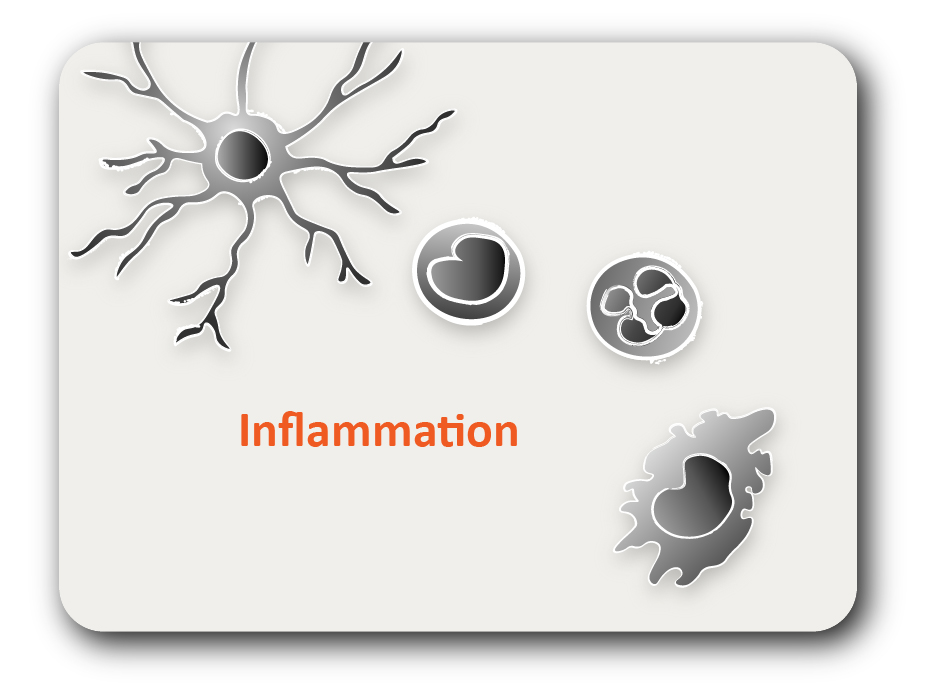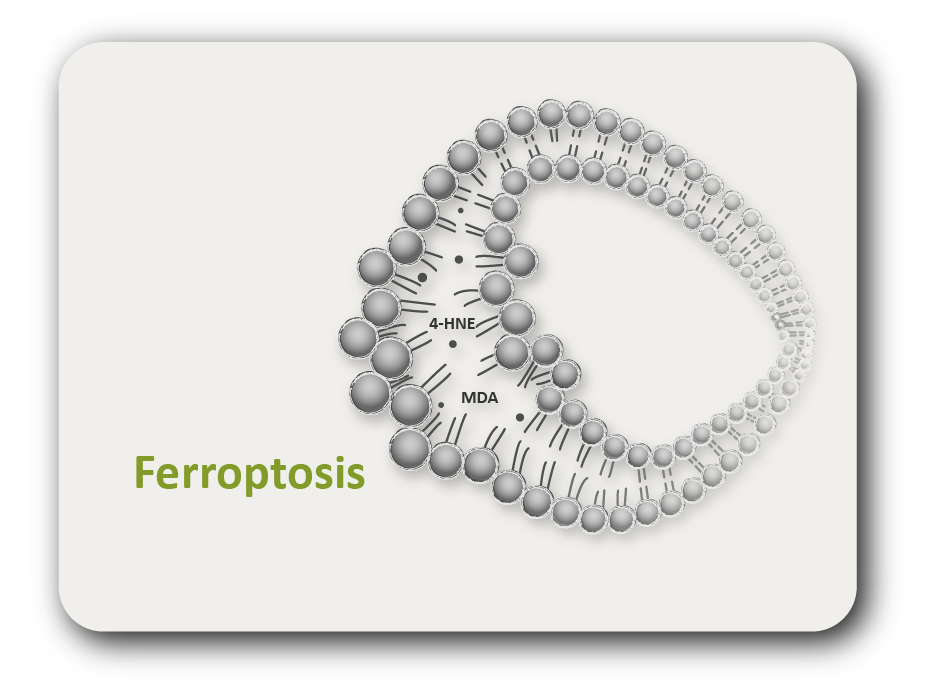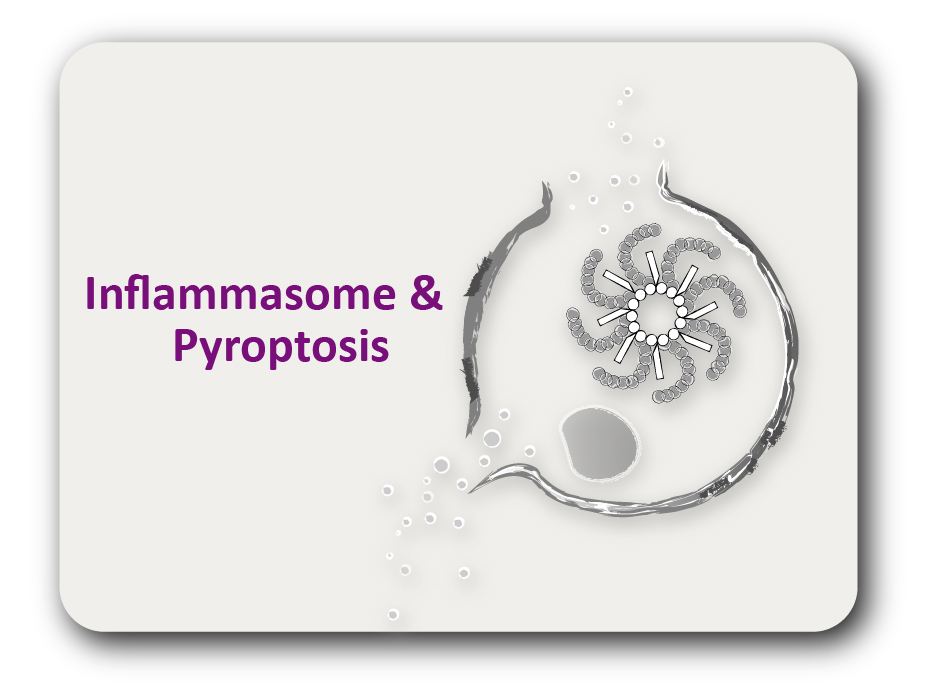ARG70553
Mouse CD5 recombinant protein (His-tagged)
Mouse CD5 recombinant protein (His-tagged) for SDS-PAGE
Overview
| Product Description | CHO expressed, His-tagged Mouse CD5 recombinant protein |
|---|---|
| Tested Application | SDS-PAGE |
| Target Name | CD5 |
| A.A. Sequence | Gln24 - Pro371 |
| Expression System | CHO |
| Alternate Names | CD5; CD5 Molecule; LEU1; T1; T-Cell Surface Glycoprotein CD5; Lymphocyte Antigen T1/Leu-1; CD5 Antigen (P56-62); Epididymis Secretory Sperm Binding Protein; CD5 Antigen |
Properties
| Form | Powder |
|---|---|
| Purification Note | Endotoxin level is less than 0.1 EU/µg of the protein, as determined by the LAL test. |
| Purity | > 95% (by SDS-PAGE) |
| Buffer | PBS (pH 7.4) |
| Reconstitution | It is recommended to reconstitute the lyophilized protein in sterile water to a concentration not less than 200 μg/ml and incubate the stock solution for at least 20 min at room temperature to make sure the protein is dissolved completely. |
| Storage Instruction | For long term, lyophilized protein should be stored at -20°C or -80°C. After reconstitution, aliquot and store at -20°C or -80°C for up to one month. Storage in frost free freezers is not recommended. Avoid repeated freeze/thaw cycles. Suggest spin the vial prior to opening. |
| Note | For laboratory research only, not for drug, diagnostic or other use. |
Bioinformation
| Gene Symbol | CD5 |
|---|---|
| Gene Full Name | CD5 Molecule |
| Background | This gene encodes a member of the scavenger receptor cysteine-rich (SRCR) superfamily. Members of this family are secreted or membrane-anchored proteins mainly found in cells associated with the immune system. This protein is a type-I transmembrane glycoprotein found on the surface of thymocytes, T lymphocytes and a subset of B lymphocytes. The encoded protein contains three SRCR domains and may act as a receptor to regulate T-cell proliferation. Alternative splicing results in multiple transcript variants encoding different isoforms. [provided by RefSeq, Oct 2016] |
| Function | Modulates B-cell biology through ERK1/2 activation in a Ca2+-dependent pathway via the non-selective Ca2+ channel TRPC1, leading to IL-10 production. [Uniprot] |





